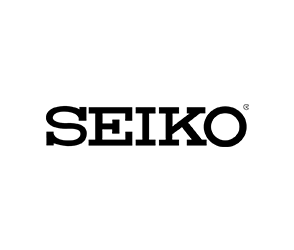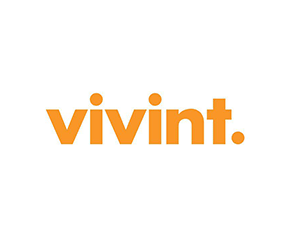Top Web Designer
Web Designers collaborate with clients and developers to ensure that the design elements enhance user experience and align with the overall brand identity. Their role involves creating layouts, selecting color schemes, and incorporating graphic elements to produce engaging and aesthetically pleasing websites.
BRANDS THAT
TRUST DEVS.COM





How to Hire Rockstar Web Designers at Devs.com
Talk to our experts
One of our experts will discuss your requirements, your goals and the team dynamics needed to reach them
We will Hand pick candidates
Devs.com will then select the candidates that match the qualifications and requirements that you have provided
Work with a Top Web Designer
Within a week, we will have matched you with a top Web Designer that is on our network to work with your team
Looking for specific skills from a Web Designer?
You may need a certain combination of skills for your Web Designer. We will be able to help you search for the right person by tailor-fitting our search to match all the skillsets that you require.
What is a Web Designer?
A Web Designer is a professional responsible for the visual and user interface aspects of websites. They combine artistic and technical skills to create visually appealing and functional web designs. Web Designers collaborate with clients and developers to ensure that the design elements enhance user experience and align with the overall brand identity. Their role involves creating layouts, selecting color schemes, and incorporating graphic elements to produce engaging and aesthetically pleasing websites.
How do you become a Web Designer?
- Educational Foundation: Start by acquiring a foundational education in web design or a related field. Consider pursuing a degree or taking courses in graphic design, visual arts, or web design to build essential skills.
- Master Design Tools: Become proficient in design tools such as Adobe Creative Suite (Photoshop, Illustrator) or other industry-standard software. Familiarity with these tools is essential for creating and editing visual elements.
- Build a Portfolio: Develop a diverse and impressive portfolio showcasing your design projects. Include a range of work, such as website layouts, graphics, and user interface designs, to demonstrate your skills and creativity.
- Stay Updated on Design Trends: Keep abreast of current design trends, industry standards, and emerging technologies. Regularly explore design blogs, attend webinars, and engage with design communities to stay inspired and informed.
- Practice and Experiment: Hone your skills through consistent practice and experimentation. Undertake personal projects or collaborate with others to gain practical experience and refine your design style.
What skills do you need to be a Web Designer?
- Graphic Design Skills: Proficiency in graphic design principles, including layout, color theory, typography, and composition, to create visually appealing and balanced designs.
- User Interface (UI) Design: Understanding of UI design principles to create intuitive and user-friendly interfaces. Knowledge of how users interact with websites and applications is crucial.
- Web Design Software: Mastery of design software such as Adobe Photoshop, Illustrator, or other industry-standard tools for creating and manipulating visual elements.
- Responsive Design: Knowledge of responsive design techniques to ensure that web designs adapt seamlessly to various screen sizes and devices.
- HTML/CSS Basics: Familiarity with HTML and CSS is beneficial for a web designer to understand the technical aspects of web development and effectively collaborate with developers.
- Wireframing and Prototyping: Skill in creating wireframes and prototypes to plan and visualize website layouts and user flows before moving into the detailed design phase.
- Color Theory: Understanding of color theory and the ability to choose appropriate color schemes that align with the brand identity and evoke the desired emotions.
- Typography: Knowledge of typography principles to select and pair fonts effectively, ensuring readability and enhancing the overall design aesthetic.
- Collaboration and Communication: Effective communication skills to collaborate with clients, developers, and other team members. The ability to translate client requirements into visually compelling designs is essential.
- Attention to Detail: Keen attention to detail to ensure pixel-perfect designs and to catch inconsistencies or errors in the design process. A meticulous approach contributes to the overall quality of the final product.


